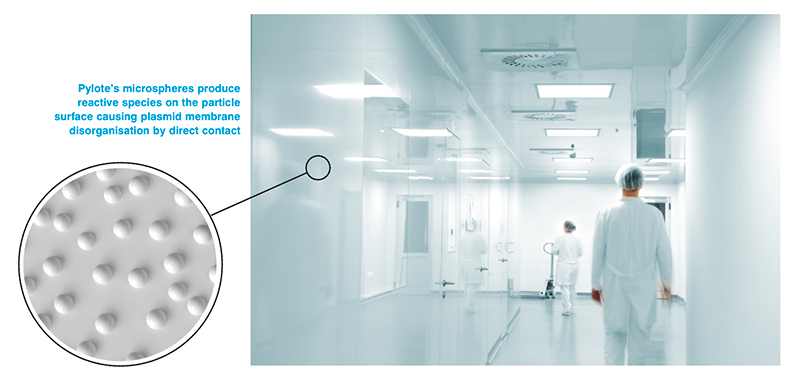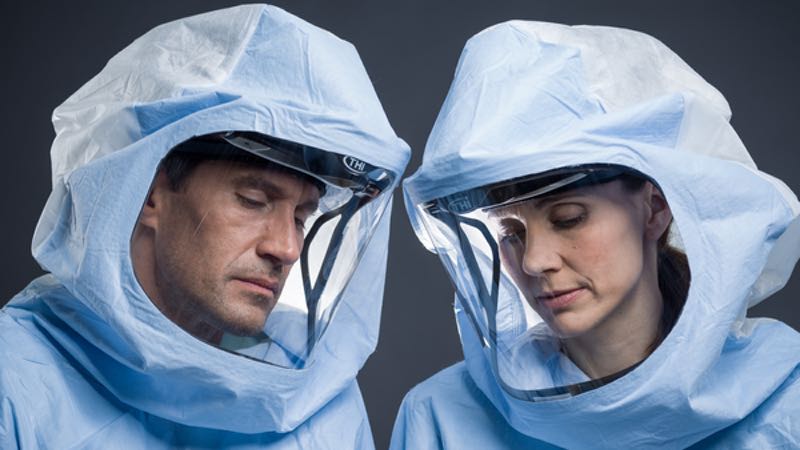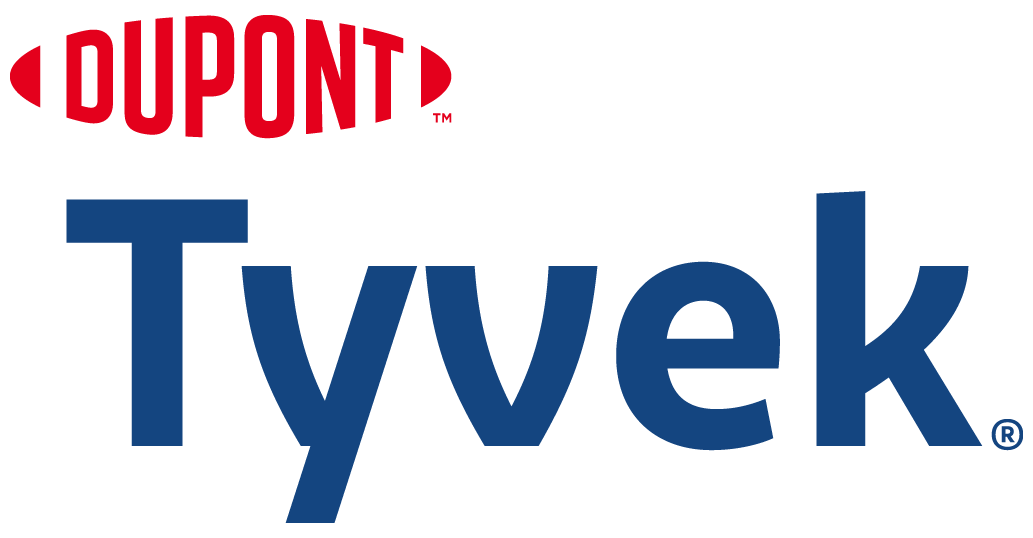Product launches in 2019 covered all steps in the lifecycle of a cleanroom. Innovations came from equipment and consumable manufacturers, promising to provide greater choice for the industry and as a result improve their facilities.
This review highlights some of the most relevant products to cleanroom construction and subsequent contamination control. Some creations are already on the market, while others are still in the R&D phase.
The most notable innovation this year within the construction sector would be the G-CON Manufacturing and L7 Informatics team-up. The two US companies integrated their technologies to create the new SmartPOD, a fully integrated modular cleanroom and manufacturing software solution to improve biologics manufacturing.
For equipment inside the cleanroom, there were two interesting developments in containment last year. In August, German Spetec unveiled its new Flow Box EFBS, a laminar flow box with an integrated, acid-resistant extraction unit that is a unique feature to this model. Connected to a universally adjustable telescopic arm, the unit can be positioned to extract particles or any gas emitted.
3D printing has wide-ranging potential applications and there will be products that need to be manufactured under controlled conditions. Munich-based start-up Kumovis has developed a printer with integrated temperature control and filter systems for a cleanroom environment in the build chamber. All systems for monitoring in the R1 3D are integrated, ensuring documentation and safety throughout.
Antimicrobial technology
Production in a cleanroom means surfaces could have bacterial build-up. The difficulty is stopping this without causing antimicrobial resistance.
In March, a space-focused project at the Beuth University of Applied Sciences Berlin developed a novel silver- and ruthenium-based antimicrobial coating tested aboard the International Space Station. AGXX is a specifically structured and coated silver surface that has been refined and conditioned. Its antimicrobial action happens close to the surface by depolarising biological membranes and causing cell lysis, similar to bleach, except the coating is self-regenerating.
In France, Pylote is also developing technology for contamination control. The material is based on exclusive green chemistry to create a 100% mineral microsphere. The antimicrobial activity of microspheres is linked to the production of reactive species causing plasmid membrane disorganisation.

Pylote's green chemistry creates a 100% mineral antimicrobial coating
Furthermore, a new titanium dioxide-based coating for stainless steel that reacts with visible light has come out of New Zealand. Susan Krumdieck and colleagues from the University of Canterbury have created a manufacturing method that uses an ultrasonic atomiser to affect the structure and give the material its unique properties.
Building a cleanroom is only step one, keeping it clean is the next. With humans widely agreed to be the greatest source of contamination, Green Earth Medical Solutions, a US medical device startup, has stepped into the contamination control industry. The company’s innovation, PathO3Gen Solutions, is a patented footwear sanitising station that uses ozone and ultraviolet (UVC) light to kill pathogens on the soles of shoes, delivering a 99.9% kill in under eight seconds. Similar products use UVC to disinfect, but none combine it with ozone.
Clothing is another key step in ensuring people don’t transfer the particles and microbes they carry on them into the production process. Austrian manufacturer THI has produced an award-winning full headcover system for operators in aseptic areas.

ViVi-CR cleanroom helmet is available exclusively through VWR
The ViVi-CR features low noise airflow through the headcover that provides fresh air and removes filtered waste air from the system. High air exchange rates eliminate fogging issues and ensure a comfortable climate.
Cleaning and disinfection
Despite all best efforts and protocols, it is still likely that some particulates or microbes will get into a controlled climate. No disinfectants are one-size-fits-all, so new products are being developed to provide the best fit for specific applications.
Hydrogen peroxide vapour is almost universal in the cleanroom industry. Bioquell, the global manufacturer of bio-decontamination systems, has developed a calibration instrument that can produce low-level hydrogen peroxide vapour that is calibrated to 1 ppm, reducing cycle times by around 20%.
On the chemicals front, EarthSafe Chemical Alternatives has launched PUR:ONE, a universal cleaner/disinfectant that is EPA-registered as effective against bacteria in biofilms. The NaDCC pre-measured tablet concentrate is a sporicidal disinfectant that is sustainable, stable and economical.
Biofilms are also being addressed by promising research out of the Queensland University of Technology, with a new breed of hybrid antibiotics that trick biofilms into releasing their protected cells allowing access through the protective slimy coating.
DuPont Nutrition & Biosciences business has also released a new product range. OPTIMASE is a new portfolio of biobased enzymes for medical instrument cleaning. Due to an innovative protein engineering approach, DuPont says this liquid protease enables reduces the need for stabilising ingredients.
Monitoring
Particle monitoring systems oversee the levels in the cleanroom and ensure all preventative measures are doing their job, but sometimes processes change the clean air conditions of the environment, pushing for immediate response. Last year Validair came out with a new airborne particle counter range targeting those needing remote monitoring. The new range comprises of counters both with integrated and external vacuum pumps.
New cleanroom technology and product developments are the lynchpin of so many industries; realising bright ideas for improving functionality and operation is a welcome addition to the market.
N.B. This article is featured in the January 2020 issue of Cleanroom Technology. Subscribe today and get your print copy!
The latest digital edition is available online.







